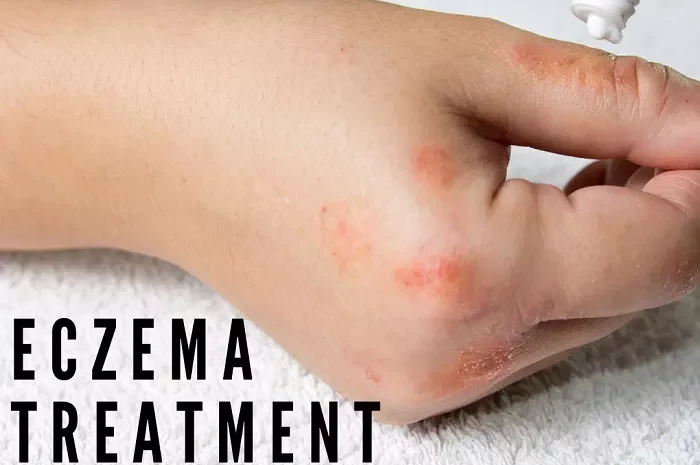Bleach baths have gained popularity as a treatment option for various skin conditions. This article will explore what a bleach bath is, how it works, its benefits, preparation methods, safety precautions, and potential side effects.
What is a Bleach Bath?
A bleach bath involves diluting household bleach (sodium hypochlorite) in water and soaking in it. This practice is often recommended for individuals with certain skin conditions, such as eczema or psoriasis, as it can help reduce inflammation and bacteria on the skin’s surface.
How Does a Bleach Bath Work?
Bleach baths work through the antimicrobial properties of bleach. Sodium hypochlorite, the active ingredient in household bleach, can kill bacteria, fungi, and viruses. When diluted in water, it can help cleanse the skin and prevent infections, especially in areas affected by eczema or other skin disorders.
Benefits of Bleach Baths
Reduces Inflammation: Bleach baths can help reduce inflammation associated with various skin conditions. They may alleviate redness and itching.
Fights Bacterial Infections: The antibacterial properties of bleach can prevent and treat skin infections, especially in those with compromised skin barriers.
Improves Skin Barrier Function: Regular use may help strengthen the skin’s barrier, making it less susceptible to irritants and allergens.
Alleviates Symptoms of Eczema and Psoriasis: Many individuals find relief from itching and discomfort by incorporating bleach baths into their skincare routine.
Preparing a Bleach Bath
To prepare a bleach bath, follow these steps:
Gather Your Supplies:
- Household bleach (ensure it contains sodium hypochlorite)
- Measuring cup
- Bathtub or large basin
- Water
Dilute the Bleach:
- For a standard bleach bath, mix 1/2 cup (120 mL) of bleach in a full bathtub of warm water (about 40 gallons).
- If using a smaller basin, use 1-2 tablespoons of bleach per gallon of water.
Mix Thoroughly:
- Ensure the bleach is well mixed into the water. This ensures an even distribution of the bleach.
Soak:
- Soak in the bleach bath for about 10-15 minutes.
- Avoid submerging your head or face in the solution.
Rinse Off:
- After soaking, rinse your body with fresh water to remove any residual bleach.
Moisturize:
- Apply a fragrance-free moisturizer after the bath to help maintain skin hydration.
Safety Precautions
While bleach baths can be beneficial, it’s essential to follow safety guidelines:
Consult a Healthcare Provider: Always speak with a dermatologist or healthcare professional before starting bleach baths, especially for children or those with sensitive skin.
Avoid Contact with Eyes: Do not let the bleach bath water come into contact with your eyes, as it can cause irritation.
Test for Sensitivity: Consider doing a patch test on a small area of skin before using a bleach bath for the first time.
Use Proper Dilution: Never use undiluted bleach on the skin. Always ensure proper dilution to prevent skin irritation.
Limit Frequency: Start with once a week and adjust based on your skin’s response. Overuse can lead to dryness and irritation.
Potential Side Effects
While many individuals find relief with bleach baths, some may experience side effects, including:
Skin Irritation: Overuse or improper dilution can lead to dryness, redness, or irritation.
Allergic Reactions: Rarely, individuals may have an allergic reaction to bleach, resulting in hives or rash.
Increased Sensitivity: Some may notice heightened skin sensitivity after using bleach baths, requiring them to discontinue use.
Who Can Benefit from Bleach Baths?
Bleach baths can be beneficial for individuals with:
Eczema: Often recommended to manage flare-ups and reduce symptoms.
Psoriasis: Helps to keep the skin clean and reduce the risk of infections.
Recurrent Skin Infections: Useful for those with conditions that lead to frequent skin infections.
Alternatives to Bleach Baths
If bleach baths aren’t suitable, consider these alternatives:
Oatmeal Baths: Colloidal oatmeal can soothe irritated skin and relieve itching.
Salt Baths: Epsom salt or sea salt can help cleanse the skin and may have soothing properties.
Moisturizing Soaks: Using plain water with added oils or gentle cleansers can help maintain hydration without the risk of irritation.
When to Seek Medical Advice
If you notice worsening skin condition, increased irritation, or any unusual symptoms after using a bleach bath, consult a healthcare provider. They can provide personalized recommendations and alternative treatments.
Conclusion
Bleach baths can be an effective treatment for certain skin conditions, offering relief and reducing the risk of infections. However, it’s crucial to follow proper preparation methods and safety precautions. Always consult with a healthcare professional before starting any new treatment regimen to ensure it is appropriate for your specific skin needs. By understanding how to use bleach baths safely and effectively, you can take a significant step toward improving your skin health.
Related topics:


























